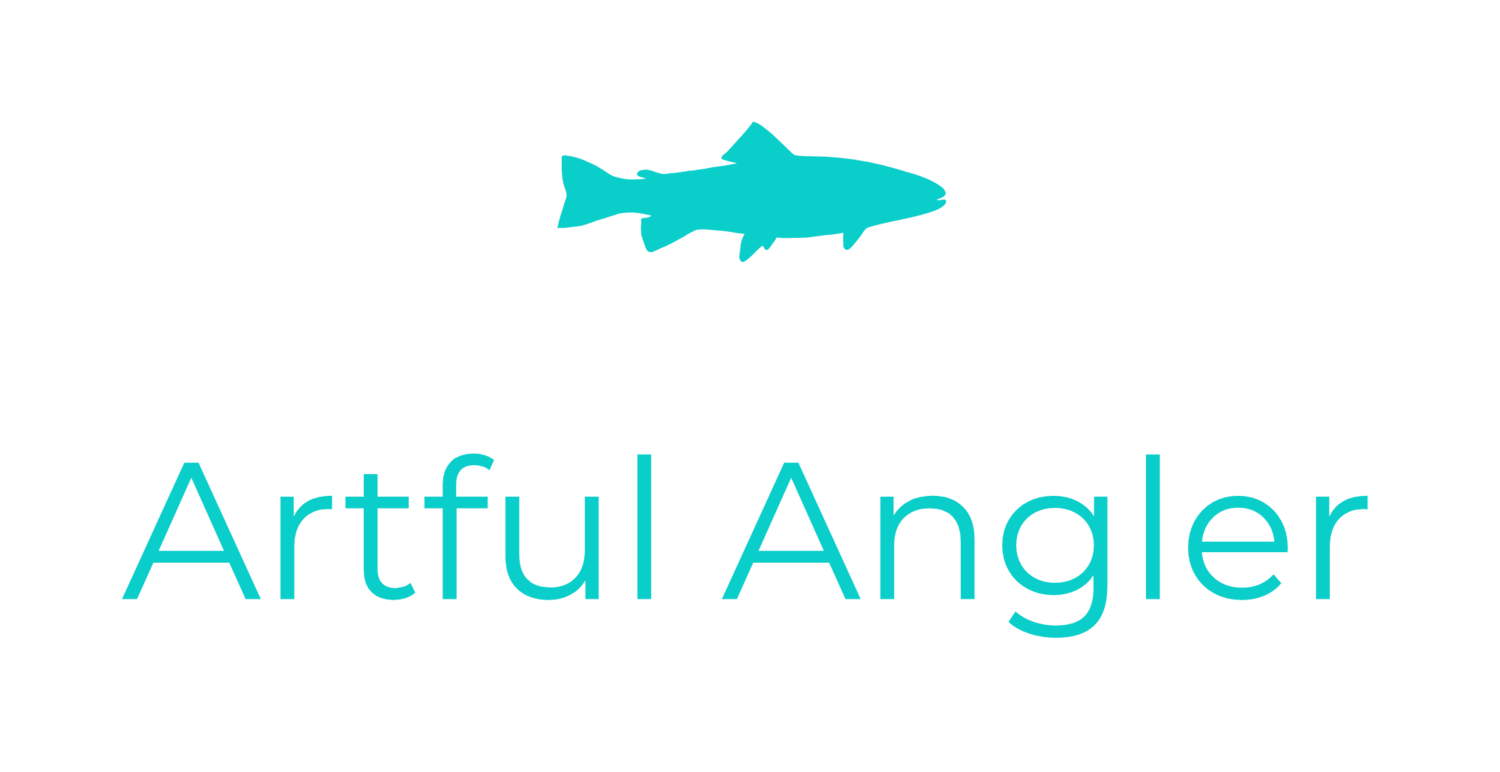You can’t avoid losing fish entirely, but there are some things anglers can do that may affect the fight and hopefully keep a trout or steelhead buttoned up longer. Yes, a good reel with a solid drag, good knots and sharp hooks are all factors, but probably the most important is the position of your fly rod when the fish is on the line.
Proper angler attitude when fighting trout with the correct amount of pressure applied at the right angle will help to keep trout hooked, and will also help to land them in a timely manner, improving their survivability on release!
You want to get the fish to hand as quickly as you can.
Handy Tips: Lead the fish out of the fast water and into gentle, soft water so that you’re only battling the fish, not the current, as well.
Side Pressure
This is probably the single most critical angle to work a fish on during the fight. But the concept is pretty straightforward — you want the rod to be off to your side, nearly parallel to the water, and you want it pulling away from where the fish is headed.
What this means is that if the fish is working up-stream when hooked you would have the rod down-stream, semi-parallel to the water, and put pressure back against the direction the fish wants to swim.
This is the best way to tire the trout out, and while you don’t want to yank too hard or put undue pressure on them, you want to tire them out as fast as you can so, when it hits the net, you can get a safe release.
Top Pressure
There’s a moment of fight when the rod angle changes from side pressure to up-high pressure straight against a fish, and it’s often a make-or-break point of the battle.
When you are trying to wear the trout out and bring it in closer, side pressure is the way to go, but as the fish comes near to you a rod tip directly above it, with pressure directly from the top down, pushes the trout to the surface of the water.
This is the moment you want to try for a fish landing, as the top pressure pulls that fish into shallower water, and into the top of the water column.
Pointed Pressure
The most common time to lose a fish during the fight is right as the trout or steelhead comes out of the water, shaking its head in an attempt to throw the hook. This isn’t typically where that charge happens, accompanied with a healthy 100 yard run pulling line, so the whole deal here becomes a grab and a noisy scream and then a busted line or a loose fish. If it starts to get really tricky like this, put the rod tip straight at the fish. This sticks a little pointed pressure — still trying to keep the line tight — but in a manner that allows the trout some space if it decides to leap and rip 20 feet of line out.
Final Thoughts
Learning to land a nice fish and not lose it is one of those skills that takes time to develop and keeps you coming back for more. Now, if you’re, say, in the marketplace to understand how to bring a fish from being hooked on a fly and into the net, you’ve come to the right place, the Artful Angler.
Please check out the Artful Angler’s Your Guide page and read about our incredible fishing guides and contact us about which one of our talented fishing guides you would like!

